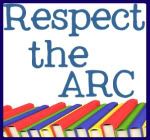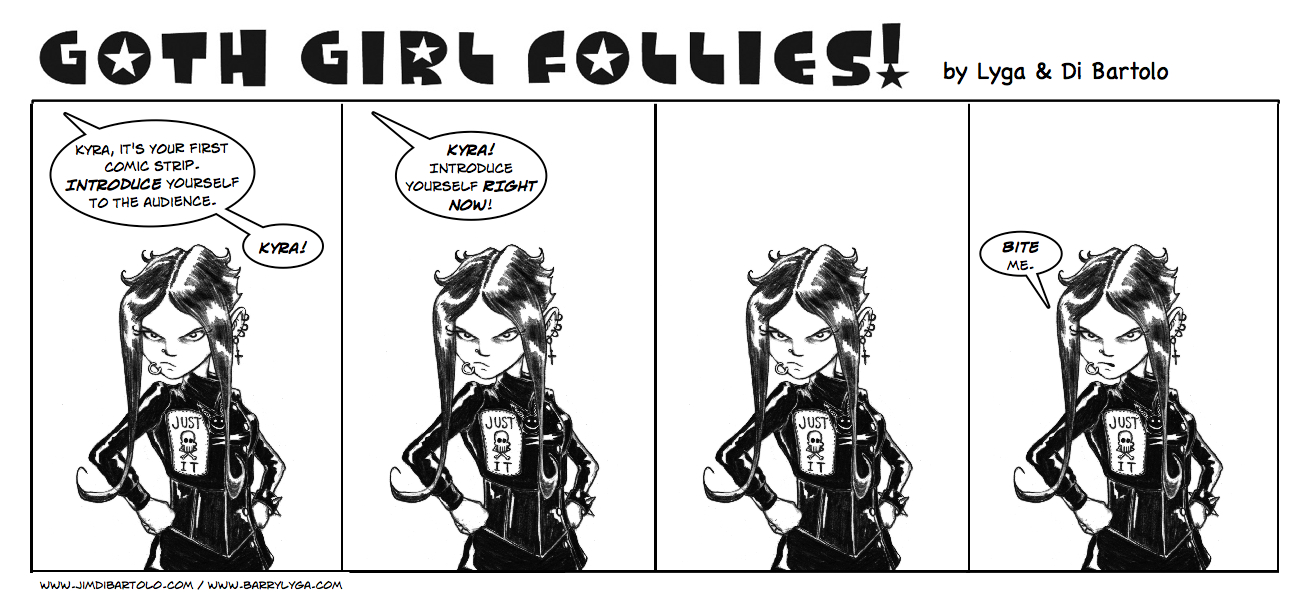My co-worker said the scene exemplified a scenario that had played out in her own life, right down to the characters reactions. She said, "If you can get people to identify with the characters, make it personal to them, they're really going to get into the story and be compelled to read it. If my daughters read this, they would say 'Oh my goodness, that's you and grandma!' My co-worker continued. "You did exactly what I teach my students!"
This co-worker happens to teach English to middle schoolers. When her goal is to activate prior knowledge in her students, she reiterates the need to connect reading to three important constructs: Their experiences (text to self), other things they've read (text to text) and the world around them (text to world). These three constructs apply to readers of all sorts, not just students. It helps the reader build schema. What's schema? It's a cognitive framework or concept that helps organize and interpret information. In other words, it's a mental scaffold that allows the reader to utilize prior knowledge and understanding to understand what they're reading and get greater meaning from their reading.
What does this have to do with you as a writer? The more you can make your characters real, three dimensional, and give them the depth of feeling and experience that the reader can embrace as their own, the greater your chances of writing a compelling read that people will have have difficulty putting down.
Toddles!


















I agree. No one will remember a story or a character they had no emotional connection with. You can even make an evil person have connections with the reader if we know the motivations behind it.
ReplyDeleteann
Well said Ann. This is a simple, but critical point. It's about finding that emotional element the reader can tap into. Thanks for stopping by.
ReplyDeletegreat news! i wonder if you can ask her students to read parts of your manuscript and tell you if THEY identify with it. i would so do that if i had the opportunity.
ReplyDeleteIt's like pulling teeth to get those kids to read. She has to practically threaten them with torture to get them to do their assignments. Something to think about though. Thanks.
ReplyDelete